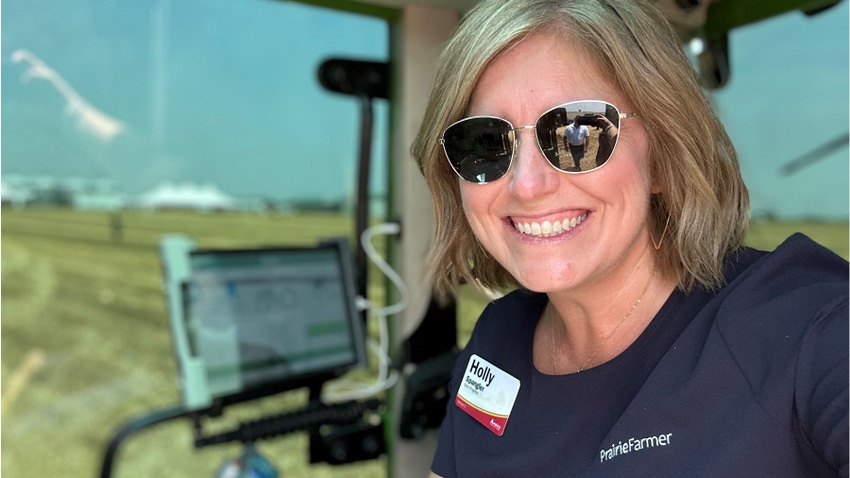
The farmer sitting across the table from me during an interview earlier this year farms lots of acres. His management skills are well above average. So, I wasn’t surprised when he predicted that autonomous vehicles and other seemingly space-age technology would be commonplace in 10 years. To be widespread in 10 years, early adopters would be making the transition in five years.
I figured adding five years would make the estimate more believable — about 15 years before you see tractors without drivers up and down the road. After all, it took 20 to 25 years for the tractor to put the horse back in the barn.
That was six months ago. This is now, and every day, word comes about Company X or Startup Y developing a new machine. Maybe it’s not ready for sale yet, but in some cases, it’s far enough along to touch, watch — and maybe even crawl on and drive.
Five years to early adoption, 10 to common use? Based on what I’ve seen this year, that may be conservative. Some simpler adaptations are available for sale today.
What’s coming
Here is a snapshot of a few innovations moving quickly from drawing board to reality:
Controlled traffic power unit. Perhaps the engineers at Minneapolis-Moline and later at New Idea knew what they were doing after all — they were just ahead of their time. The Uni-Harvester or “Uni” concept is back, and this time the target isn’t just a niche market like picking seed corn.
Nexat is a new idea from Terrakamp that is already turning heads in Europe. It’s a 45-foot carrier bar with drive wheels on each end. A full array of tools for tillage, planting, spraying, harvesting and more fit onto the bar. You can switch from one to another in 20 minutes or less. And only 5% of your soil ever sees a wheel track.
Can you buy one today? No, but you can reserve your spot for production of your unit when the company is ready to rev it up. The system has the potential to literally turn farming as we know it on its head. See Nexat displayed at the Farm Progress Show this year.
Bigger electric tractors. I was impressed last year to find a 25-hp off-brand electric utility tractor at the 2022 Farm Progress Show. Just this summer, Holly Spangler, editor of Prairie Farmer in Illinois, drove a 70-hp electric tractor under development by Fendt. She recorded herself driving it on a test drive. It looks efficient to me.
Some say breaking the 70-to-80-hp barrier for all-electric tractors will be the biggest challenge. They’re the same people who two years ago said electric tractors would top out at 25 hp.
No-driver hay baling. A couple of years ago we thought a self-propelled hay baler was a big deal, and it was. Now, Fendt says it can bale hay with a big-round baler with no one in the cab of the tractor pulling the baler.
Spangler saw it happen this summer, recorded it and sent me the video. Spokespersons told her the technology will be ready for the farm by 2025.
I’ve only scratched the surface, but the bottom line is clear. The future is coming very quickly.
Read more about:
AutonomousAbout the Author(s)
You May Also Like




